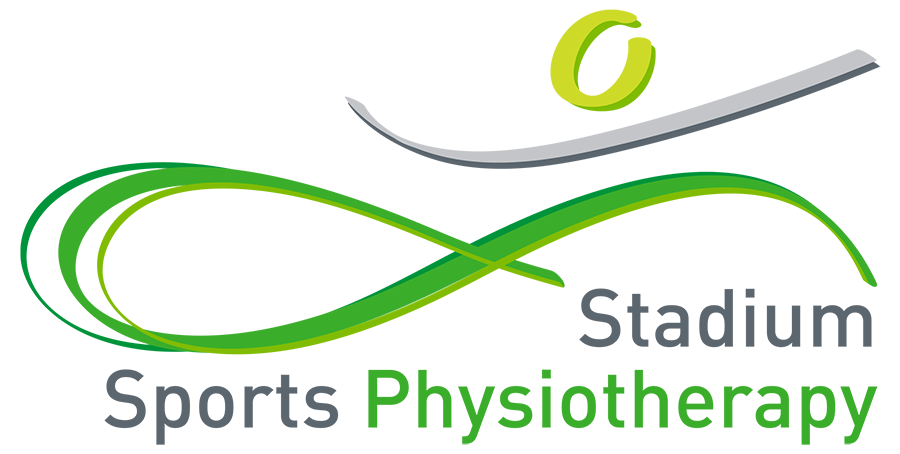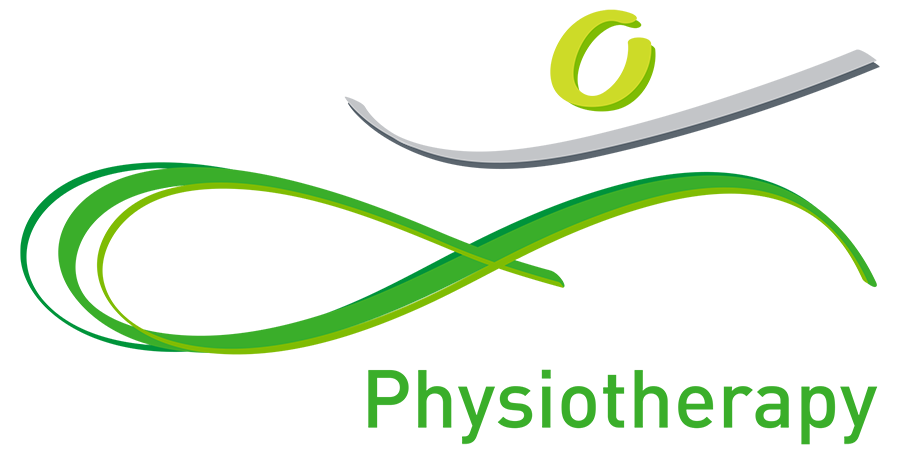How do muscle contusions occur?
Muscle contusions, also known as “corkies”, are the result of a direct force to the muscle. In sport, this generally occurs from collision with an opposition player. However, muscle contusions can occur outside of a sporting environment e.g. after a fall or collision with an object such as a table. The most common site of muscle contusion is the front of the thigh and quadriceps muscle.
Why does it occur?
This mechanism of injury causes local damage to the muscle and bleeding to occur.
What are the signs and symptoms of a muscle contusion?
Signs and Symptoms will depend on the severity of the contusion. These may include:
- Feeling weak and/or stiff
- Bruising
- Difficulty walking and/or running (lower limb contusions)
- Reduced range of motion
- Localised pain/discomfort
- Localised swelling
What should I do immediately after sustaining an injury?
You want to decrease blood flow to the area so it is best to use the RICE method:
Rest
Ice (with muscle in lengthened position)
Compression
Elevation (where possible)
It is advised to avoid heat, alcohol and massage for 72 hours as this will promote blood flow to the area during the acute phase and make your symptoms worse. The use of anti-inflammatory medications in the first 72 hours is also not advised as this can affect your recovery.
What would physiotherapy treatment involve after the first 72 hours?
Treatment will focus on range of motion and strength exercises to assist you in returning to your regular daily activities and/or sport. Your physiotherapist may also suggest appropriate protective equipment to assist with this process.
Prognosis
Depending on the severity of the contusion, most players are able to continue their sport. However, prognosis can range from 0-6 weeks. If the muscle contusion does not resolve in this time frame, a patient must be assessed for myositis ossificans. This condition involves calcification in the muscle and can delay your recovery.


